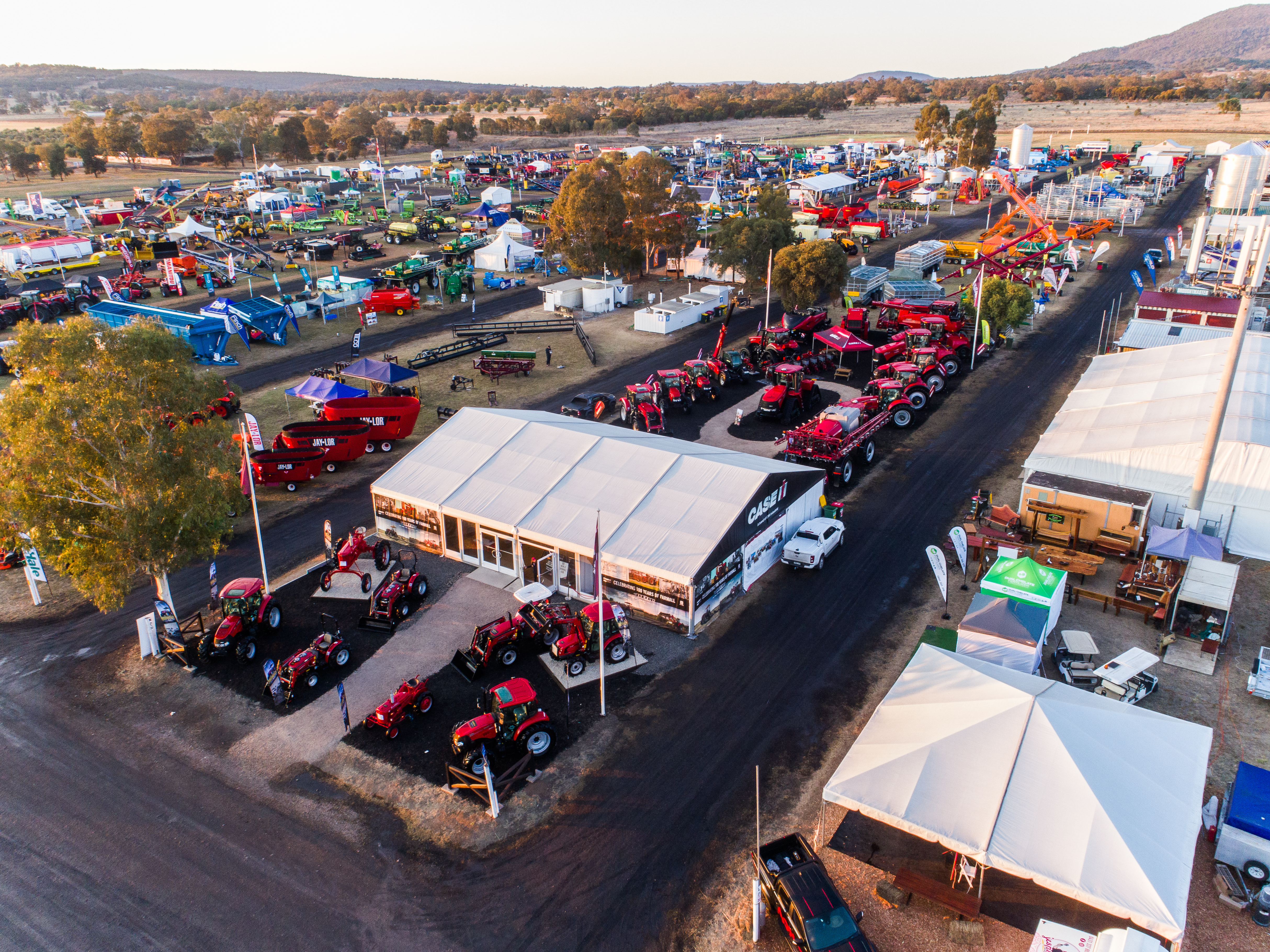02 September 2022
Insight from: Robbie Sefton
Everywhere you look, it seems – little by little – our nation is emerging from the COVID haze. I’m reluctant to describe it as ‘returning to normal’, because as so many have already said, what is ‘normal’ now a few years down the track from the start of the pandemic. A return to the ‘familiar’ may be more like it and if you were fortunate enough to be in Gunnedah last week, the familiar atmosphere of the town’s biggest week of the year was back, and how welcome it was.
Australia’s biggest field day event, AgQuip, returned, bringing with it thousands of visitors to the area and a much-need cash injection for the whole region. For the first time there was a charge to enter, and while the success or otherwise of that move will no doubt be closely considered, what it did allow organisers to do was actually know for sure how many came through the gates, and the figures were gratifying, with more than 100,000 enjoying the event over the three days.
It was muddy underfoot, particularly at the start of the week, but there were certainly few complaints given the too many dry and dusty AgQuips of recent years, and exhibitors reported strong levels of inquiry, orders and sales. They were also just glad to be back in front of customers, enjoying the face-to-face dealings that phone calls and screens just can’t replicate, and for visitors it was a chance to see up close the latest product developments and connect with the experts at the coal-face of these advancements. For the region’s farmers, too, AgQuip has not only been a one-stop-shop for their business needs, it’s also been a meeting place where friendships are renewed and news shared.
For regional economies as well the benefits are clear. Government research reveals country shows and field days contribute more than $1 billion to the national economy each year, and are supported by more than 50,000 volunteers, and provide significant social and economic benefits. For Gunnedah, and surrounding communities like Tamworth and Quirindi, you didn’t have to look far to see these benefits at play. Accommodation was booked solid, it was hard to find a table at pubs, cafes and restaurants unless you’d phoned ahead and retail outlets were busy welcoming visitors. There was a real excitement in the air that’s been missing for too long.
The field day circuit rolls on, with the Dowerin area in WA (Dowerin Field Days) and Carrick in Tasmania (Agfest) enjoying the spoils last week and the popular Henty Machinery Field Days on later this month. The list goes on, and we hope the packed schedule is back to stay, and that it remains in its current format for the long-term. During the enforced two-year break, other event formats were trialled in the likes of the virtual space, certainly a more cost-effective option for exhibitors who outlay significant amounts to be part of a field day in terms of site costs and staff commitments. But it’s hard to believe the level of engagement, enthusiasm, and inquiry of a physical field day could be replicated in any other format.
Agricultural field days are an important part of the culture of rural and regional Australia and their absence has been keenly felt on so many levels. They bring communities together, help foster a greater understanding between city and country, generate much-needed financial benefits, and play a critical role in supporting ongoing innovation, productivity and profitability within the agricultural sector. The value of that cannot be underestimated.
To read this article in The Land, go to https://www.theland.com.au/story/7883312/field-days-deliver-crucial-financial-and-social-spoils/?cs=4951




